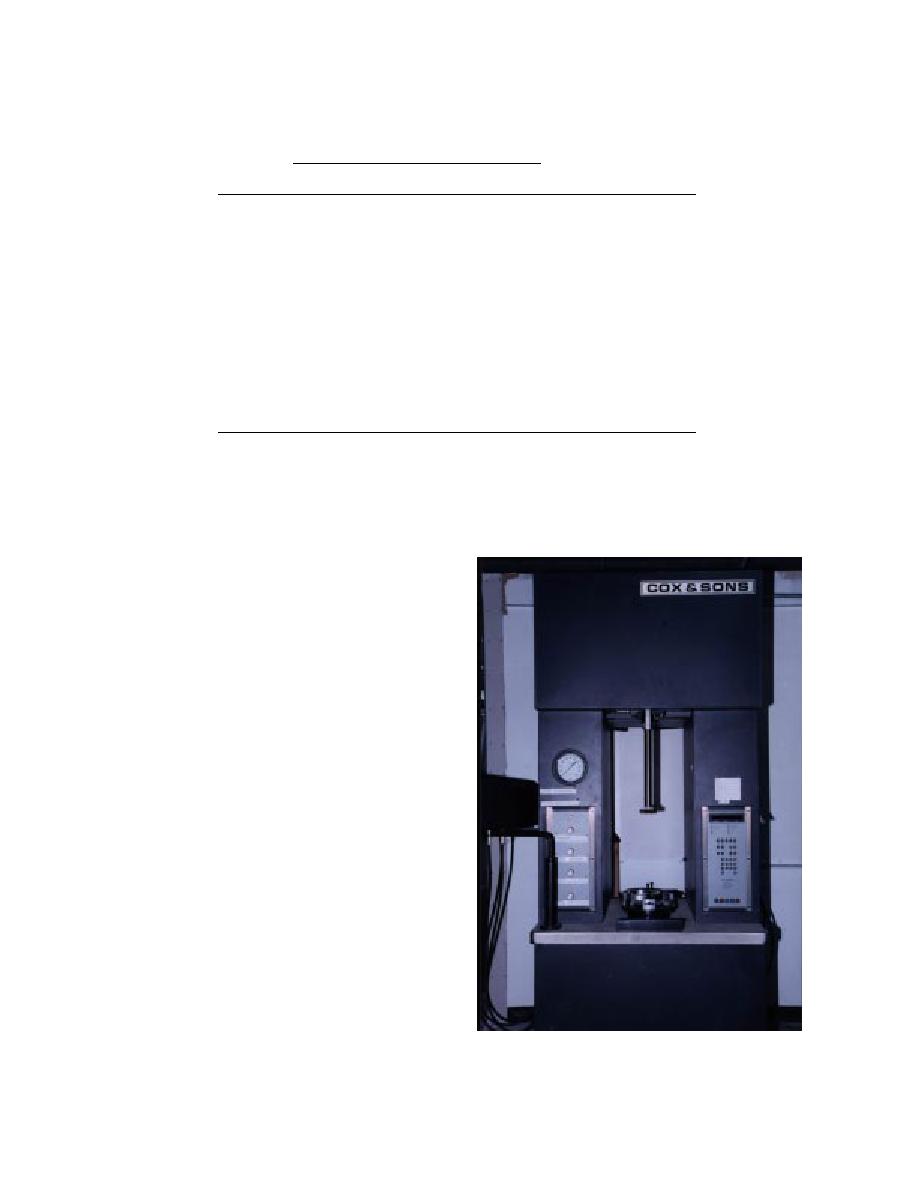
Table 1. Classification properties of test soils.
Classification
Optimum
Density γd
CRREL
moisture
ω (%)
kg/m3 (pcf)
designation
New Hampshire
AASHTO
USCS
NH1
Silt, some fine sand.
A-4
SM
9.0
2050 (128)
Some coarse to fine
gravel, trace coarse to
medium sand (glacial till).
NH2
Fine sand, some silt.
A-2-4
SM
14.5
1714 (107)
NH3
Coarse to fine gravelly,
A-1-a
SP
9.5
1730 (108)
coarse to medium sand,
trace fine sand.
NH4
Coarse to medium sand,
A-1-b
SP
13.6
1642 (102.5)
little fine sand.
NH5
Clayey silt (marine
A-7-5
ML
23.5
1618 (101)
deposit).
except for the marine clay. Tests at 20C were dis-
tended dwell times at peak pressure, and a vari-
continued for all materials, with the exception of
ety of predetermined totals of compaction counts.
the marine clay. A minimum of two tests were con-
It has been used at our laboratory for asphalt speci-
ducted at each temperature.
mens, and was retrofitted to make the 2.8-in.-diam.
and 6-in. soil samples. A procedure was developed
(see App. A) to reproduce uniform density and
moisture samples. The test specimens were fabri-
cated at optimum moisture and density. This was
accomplished by applying a known kneading
pressure to the specimen through a tamping foot
by means of a controlled dynamic force. As the
kneading pressure was applied, the sample rotated
on the compactor's rotating table. The rotation was
electronically timed to the tamper foot.
A brief summary of the test method is presented
here. Details on the sample preparation and test-
ing method can be found in Appendix B. Vertical
and radial deformations, confining pressure, de-
viator stresses and temperatures were measured
during the test. Vertical deformations were mea-
sured using linear variable displacement transduc-
ers (LVDTs). Radial deformations were measured
using non-contact variable inductance transduc-
ers (VITs). Three multi-VITs were used for the
measurements. Temperature was measured using
thermistors in dummy samples located in the en-
vironmental chamber. A typical setup is shown in
Figure 4. For the resilient modulus tests, the tem-
peratures used for testing ranged from room tem-
perature +20, +0.5, 0.5, 2, 5, and 10 C.
The 0.5 C test temperatures were of particular
interest for the thawing process. Several tests were
conducted at 20C, and we found that the resil-
Figure 3. Kneading compactor used for fabricating test
ient modulus was similar to that obtained at 10C,
specimens.
4



 Previous Page
Previous Page
